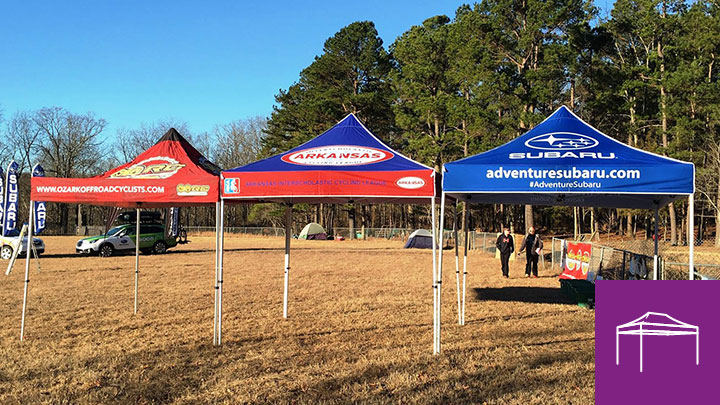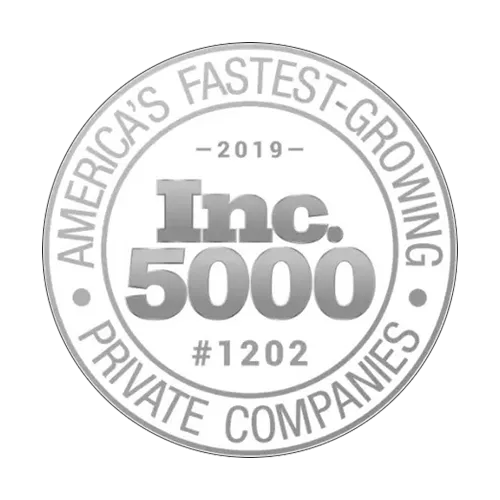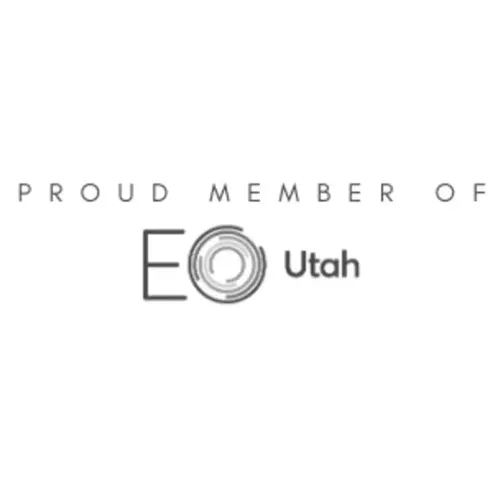Recently updated on April 16th, 2025
A canopy tent is practically a need in today’s outdoor environment. It will be needed for events such as farmers’ markets, family get-togethers, and backyard parties. Its installation is relatively simple because the expanding frame design simply requires pulling apart; no tools are needed to put it together.
The canopy tent has two different frame forms along with variants in size and functionality. To help you choose the canopy tent that best meets your needs, I will now go over the differences between slant leg vs straight leg canopy.
There are two types of legs on the frame: slant legs and straight legs. They are unique, and each has pros and cons.
Difference: Slant Leg vs Straight Leg Canopy
The canopy’s frame is made up of two types of legs: slant legs and straight legs. Each of the leg designs will have different outcomes in the process.
Slant Leg Canopy Tent
With its legs slanted slightly outward from the top of the tent to the ground, the canopy with slant legs forms a triangle. For outdoor leisure events, canopy tents with slanted legs are said to be more cost-effective and lightweight.
Pros: More aesthetically pleasing. For stability, the slant leg tent is more substantial because of its triangular shape. Since its shape is hard to distort, it can be mounted and operated on uneven terrain.
Cons: Compared to a Straight Leg Tent, there will be less room for use and shade even if they are the same size. It works better on rocky or sandy surfaces. There are a few choices available for slant leg tents with sidewalls; they typically have mesh sidewalls.
Canopy Tent Setup: To set up a slant leg canopy tent, all you need to do is make sure the legs are angled correctly to stabilize the structure. During outdoor activities like camping or picnics, ropes, and pegs must be utilized as anchorage in windy situations or other environmental elements. Slant leg canopies are nevertheless dependable providers of protection from the weather, even though their tilted shape may necessitate a little more planning than standard canopy tents.
Frame Material Quality: Some brands are better than others, but they are usually made to be lighter, which leads to less durability.
Setup Area: Less space-efficient in a crowded canopy or tent.
Shade Area: Compared to a straight leg with the same ground footprint, there is less shade.
Structural Strength: More efficient at withstanding side-on-pushing forces like wind.

Straight Leg Canopy Tent
The most popular type of canopy tent is straight legs, which are positioned vertically and at a right angle to the ground.
Because the weight is evenly distributed over all four corners, straight-legged canopy tents have a more durable construction. These types give enhanced protection from wind gusts, making them ideal for large events that demand extra shade. Many people think that the better stability and wider coverage that these qualities provide make them worth the extra money, even though they cost more and call for thicker poles than slant leg versions.
Pros: More shade is provided by the Straight Leg canopy, which also features bottom reinforcing holes for stakes. Also, you can change the height of the straight leg frame to fit what you want. The straight leg tent can save up more room if you need to set up multiple tents side by side. Positioning it against the wall will also provide more wind protection. It gives greater room for product or decorating displays at the top. It is appropriate for outdoor events like farmers’ markets since it maximizes available space and can shade a large number of people.
Cons: Without additional support, the unstable square shape is likely to be overturned by the wind.
Canopy Tent Setup: It’s quite simple to set up a straight leg canopy tent. Just spread the legs and use ropes and pegs to anchor them. For this kind of structure, the angle of the vertical legs doesn’t need to be changed because they are all the same length. You can enhance your leg canopy tent’s comfort level by including any desired alterations, such as windows or screened doors.

Frame Material Quality: Strong construction is required to keep its shape, therefore the materials used are usually more durable and heavier than for a canopy with slant legs. There are, nevertheless, always exceptions—both beneficial and disadvantageous.
Shade Area: Optimal shadow area that is, about the same ground footprint’s slant leg.
Setup Area: Nothing is wasted when positioned near to other tents or canopies.
Structural Strength: Better at withstanding downward-pressing forces (rain, hanging heavy objects off the frame, supporting heavy canopy toppers, etc.). But you also get the extra side resistance that the slant leg canopy provides if you tie guy lines to the corners.

Lightweight and Easy to Set Up
When choosing a canopy, portability and setup ease are key, especially for frequent use in different locations. This section compares canopy tent vs frame tent and canopy straight leg vs slant leg in terms of transportability and assembly.
Slant Leg Canopies
- Lighter Weight: Slant leg canopies generally weigh less since they use less material. This makes them easier to transport, especially for individuals or small groups.
- Compact Design: The angled structure allows for a more compact fold, saving space in storage and transportation.
- Ease of Setup: Slant leg canopies are often designed for quick assembly, making them ideal for casual use like picnics, beach outings, or small vendor booths. However, their unique design requires careful attention to stability.
Straight Leg Canopies
- Heavier and Bulkier: Straight leg canopies use more material and have a sturdier build, making them heavier and bulkier. This may require extra effort or assistance for transport.
- Larger Storage Space: While they provide more coverage, their packed size is larger, meaning they need more storage space.
- Setup Complexity: Modern straight leg canopies are designed for easy assembly, but they can take more time and effort to set up than slant leg canopies, especially for larger commercial models.
When comparing straight leg vs slant leg canopy, weight, storage, and setup time are key considerations. Understanding canopy slant leg vs straight leg differences helps in choosing the right option.
Conclusion
The majority of individuals won’t ultimately notice the difference between slant leg vs straight leg canopy when used in fair circumstances, provided that you weigh or tie down your canopy.
Even though slant frame canopies naturally resist wind from the side, sly manufacturers frequently take advantage of this feature by making their products as light—and, thus, as weak—as possible. The best way is to use ropes to anchor the straight leg canopy—which is useful for supporting larger canopy tops or hanging objects off the frame—in addition to its overall weight-bearing strengths to provide some wind resistance on the side. Placing a straight leg umbrella next to other pop-up canopies makes sense more and maximizes the shaded area.
FAQ
What are the disadvantages of canopy?
Canopies have a few disadvantages. They may not withstand strong winds or heavy snow, which can cause damage or collapse. Some require regular maintenance to prevent wear and tear. Low-quality canopies might fade or tear over time. Additionally, they may not provide complete protection from UV rays or harsh weather, limiting their durability and usefulness.








